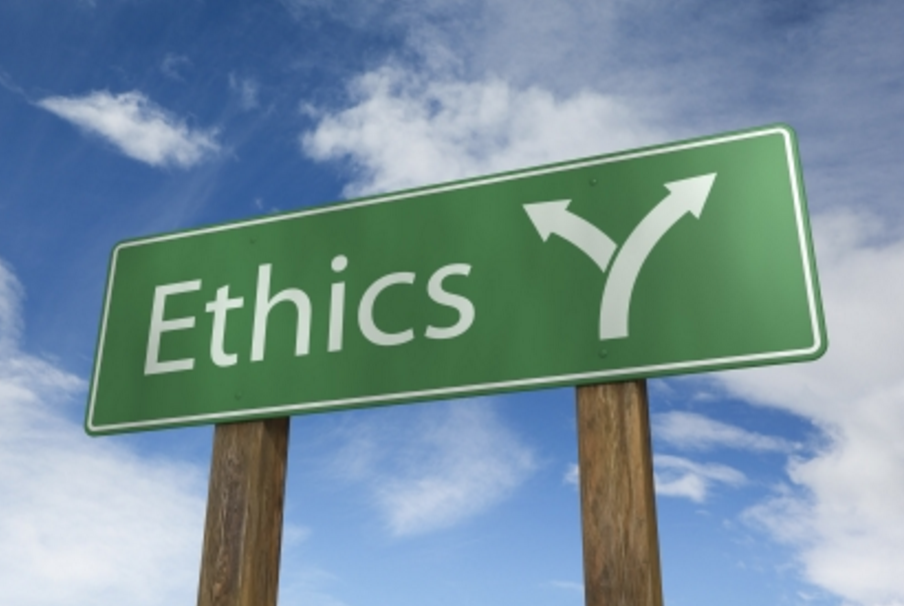Stem cell treatments and ethics: Discussion Lesson
 A discussion lesson for 12-14 year olds on ethical or societal dilemmas about the use of new stem cell treatments.
A discussion lesson for 12-14 year olds on ethical or societal dilemmas about the use of new stem cell treatments.
Who should be allowed life-changing new treatments? When should patients be given experimental treatments? How do we weigh up the risks and benefits? And who decides?
What people are saying about this resource
"The lesson was perfectly pitched for the age group. It didn’t require too much understanding prior to the session, but allowed plenty of opportunity for questioning surrounding the topic area and extension opportunities for those who wanted to probe deeper”
Details and instructions
Aims
Use this lesson to:
- Discuss some of the societal or ethical considerations relating to new stem cell therapies
- Consider the possible views of different people about new therapies
- Enable students to express and explain their own opinions about use of new and experimental therapies
- Develop discussion and scientific literacy skills, including: assessing risk and benefit of science applications; making informed personal decisions and choices; expressing opinions and showing respect for others’ views; developing informed social, moral and ethical views of scientific issues; being able to read and understand essential points from sources of information
What's in the lesson?
This easy-to-deliver lesson gets 12-14 year olds talking about the possible impacts of new and experimental stem cell therapies on patients, their families and wider society. The lesson builds students’ discussions skills and confidence by looking first at everday dilemmas before gradually progressing to more complex scenarios about future therapies. A short, simple PowerPoint presentation acts as a guide for the facilitator and contains detailled supporting notes on how to support students to develop their discussions.
The lesson includes:
Dilemmas and decisions warm-up activity
Use a set of everyday situations to get students thinking about how to decide on the right thing to do, and practicing discussion and debating skills.Discussion scenario 1: Monika and her liver
Monika is a heavy drinker and plans to get a stem cell treatment to replace her damaged liver so she can carry on partying. What rights and responsibilities do we have to receive treatments? Who is affected by this type of decision and how?Discussion scenario 2: Peter and his treatment
Peter has multiple sclerosis and is considering travelling abroad for a new stem cell treatment, against the advice of his doctor. What should Peter do? What things do we need to consider to make up our minds? Who has the final decision?
Preparation
Download the PowerPoint slides and the pdf file called 'Lesson plan and print resources'. You will then have all the information and materials you need to run the lesson. You will need to print and photocopy enough student materials to give each group of four or five students a complete set - the lesson plan includes a handy materials checklist.
Last updated:
